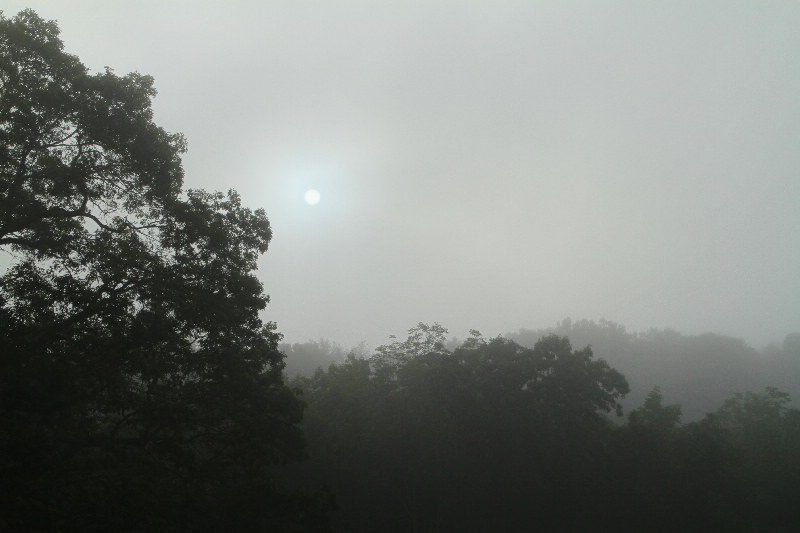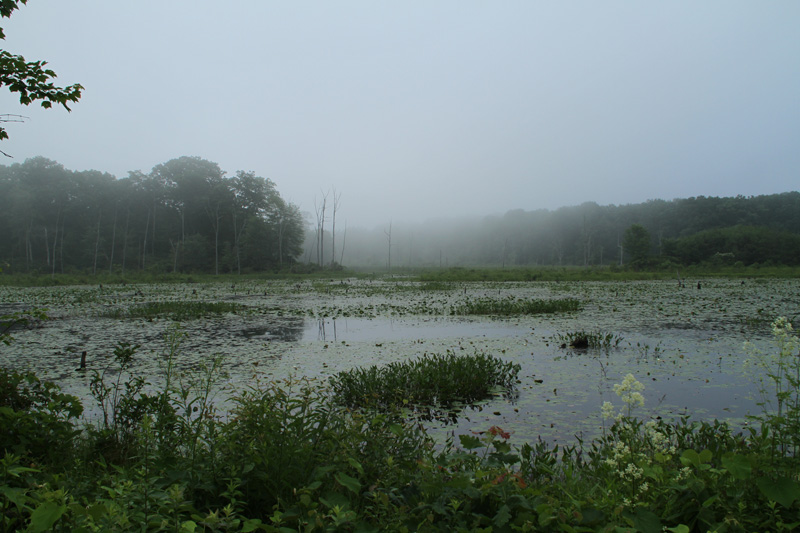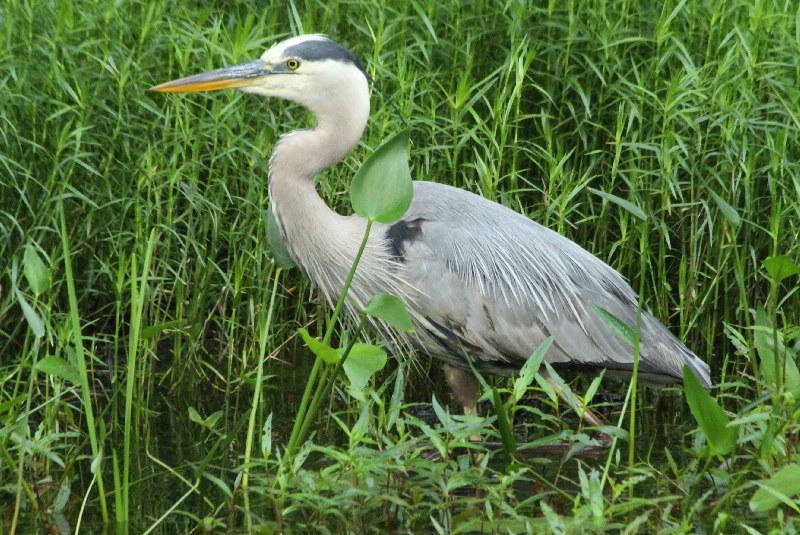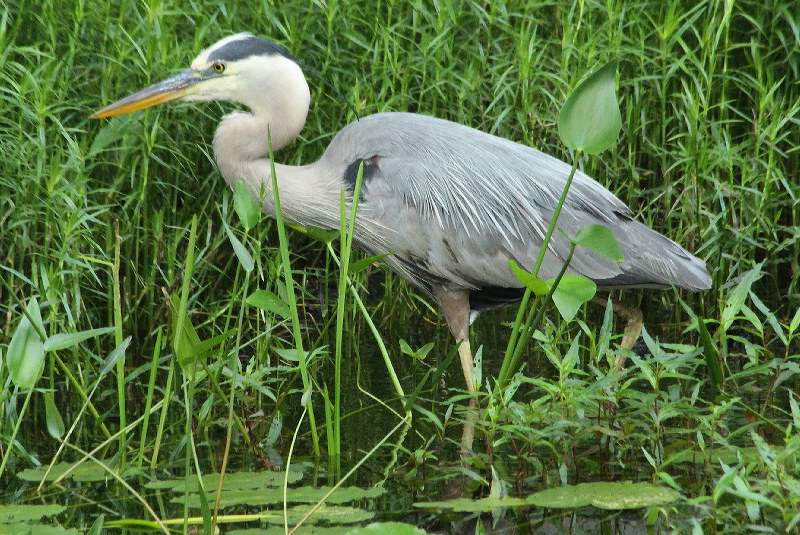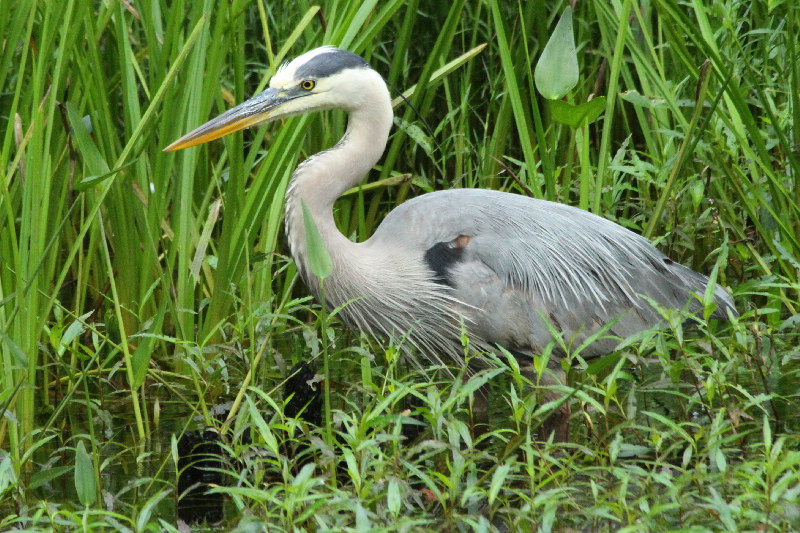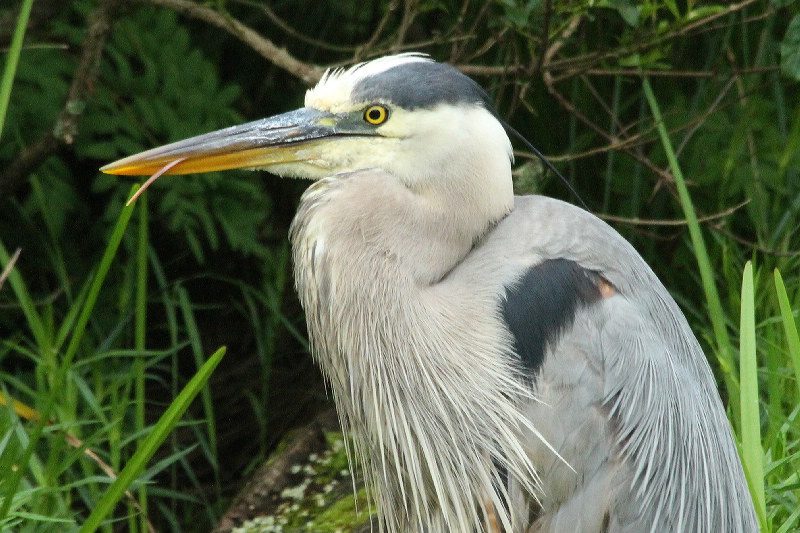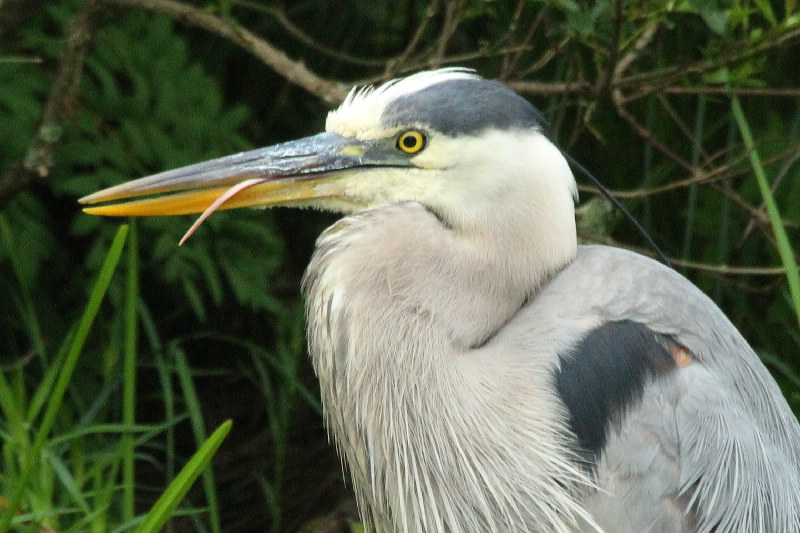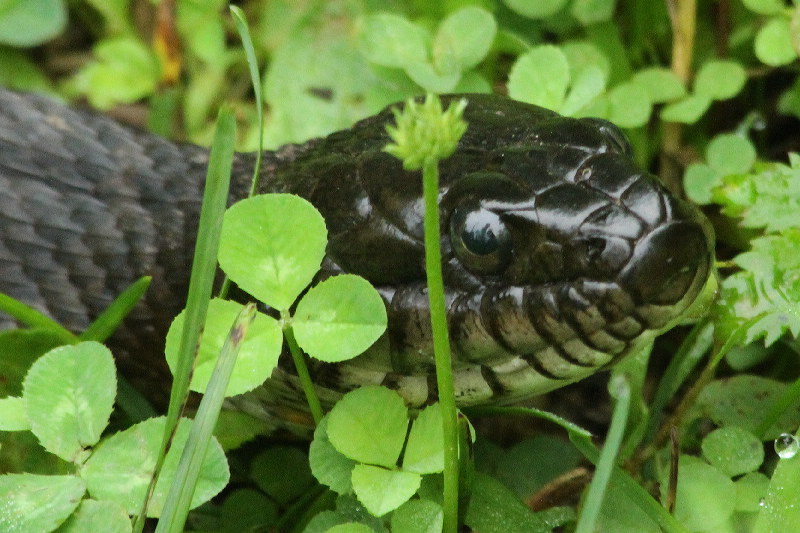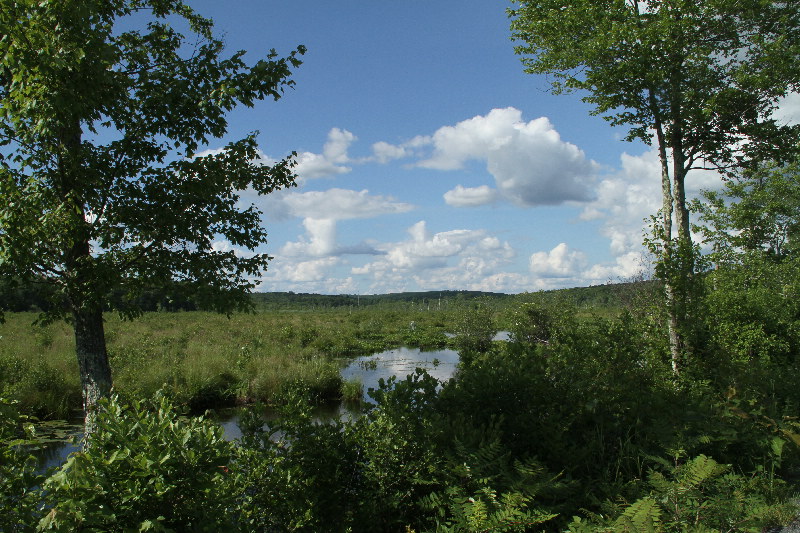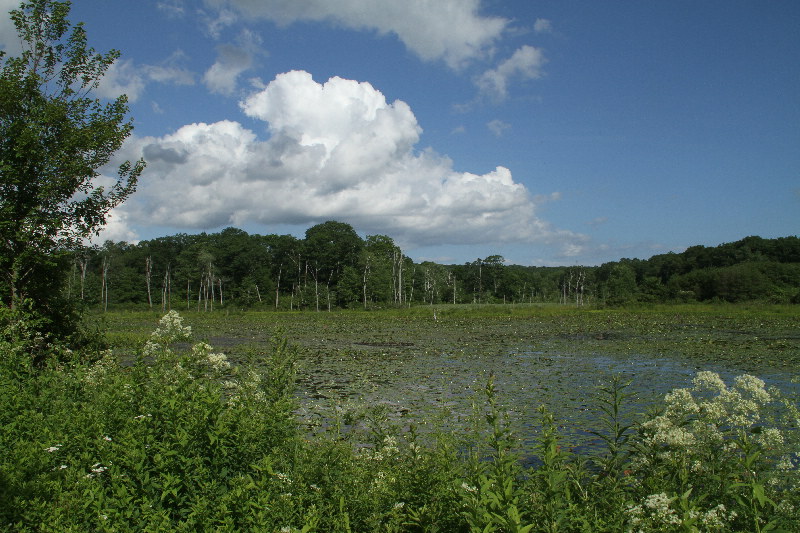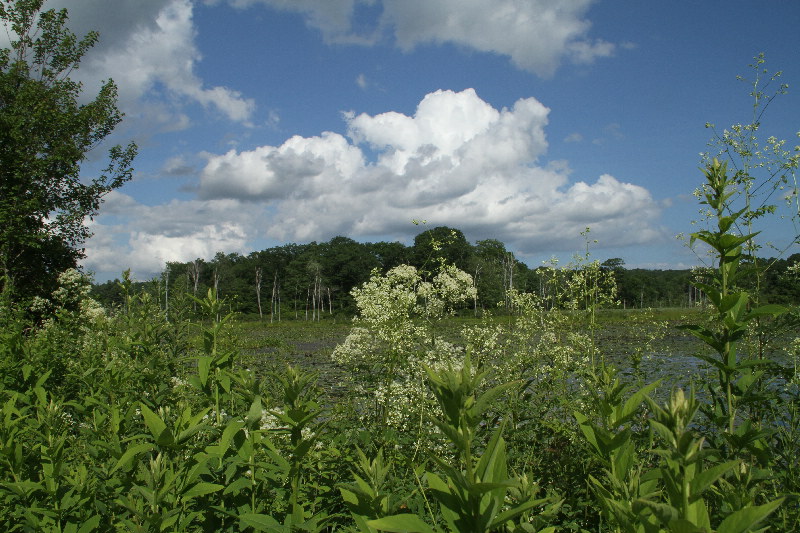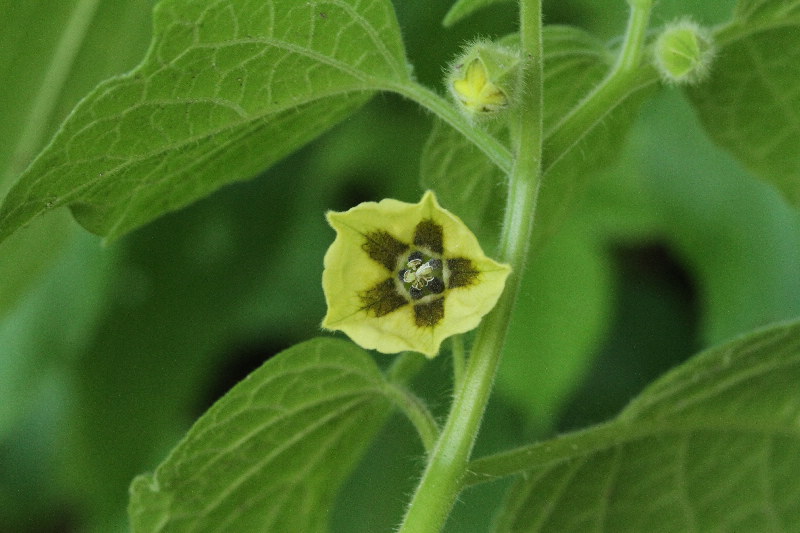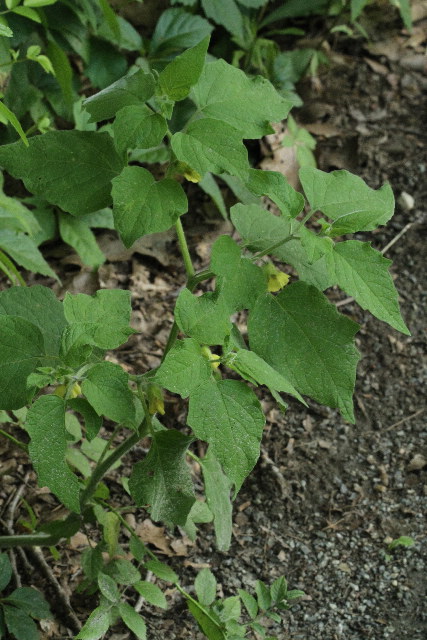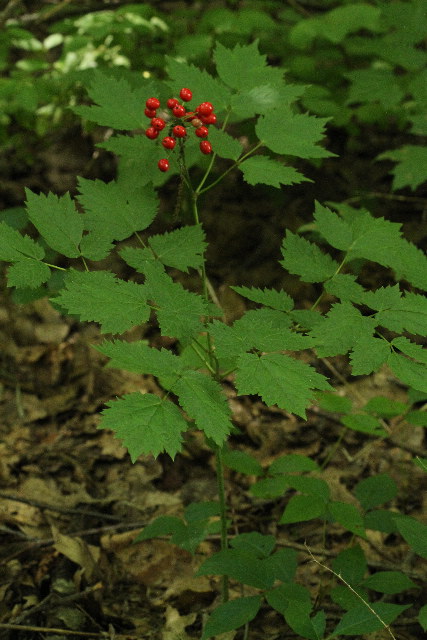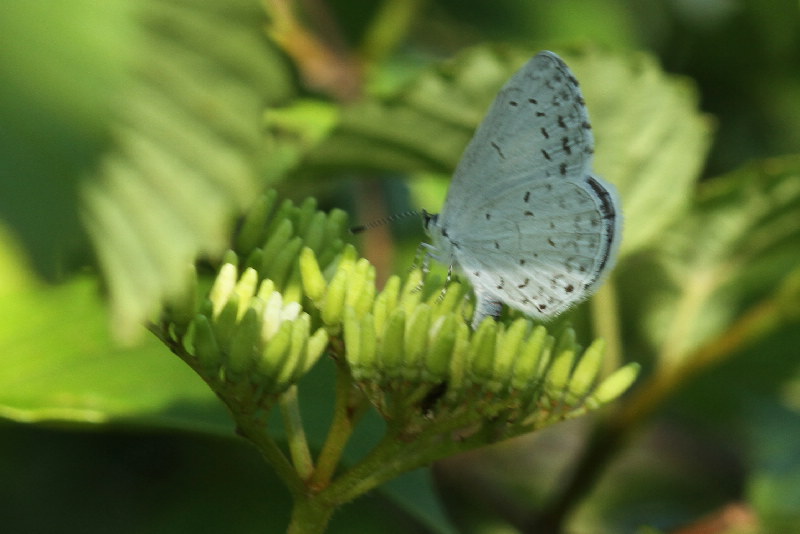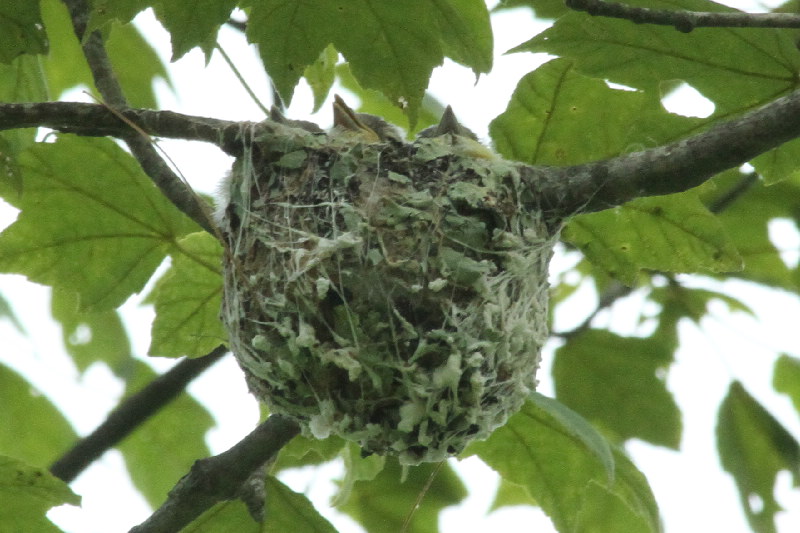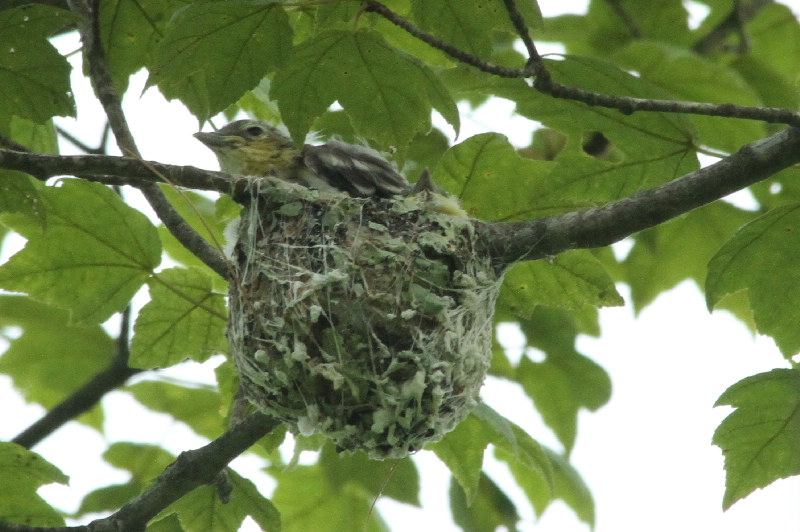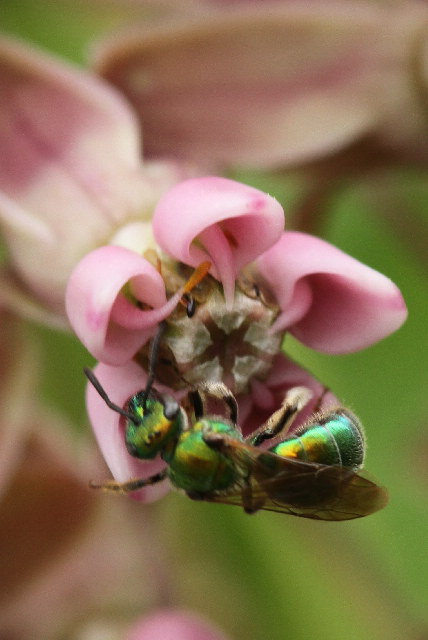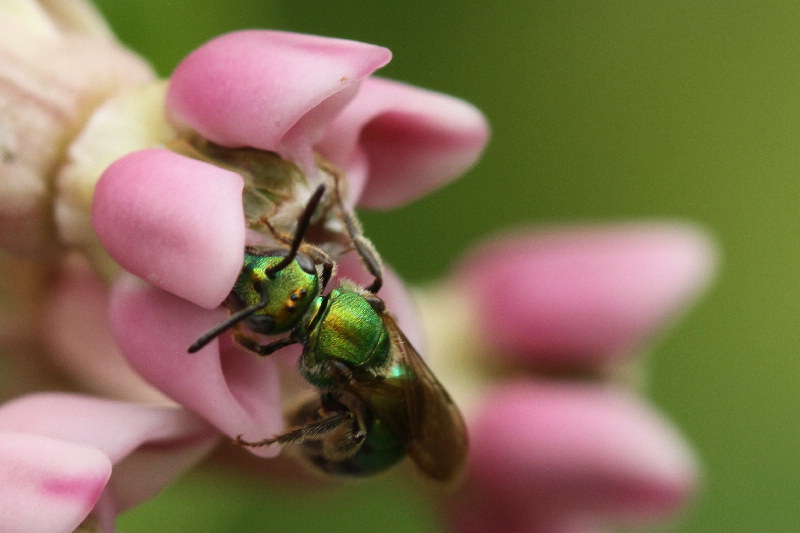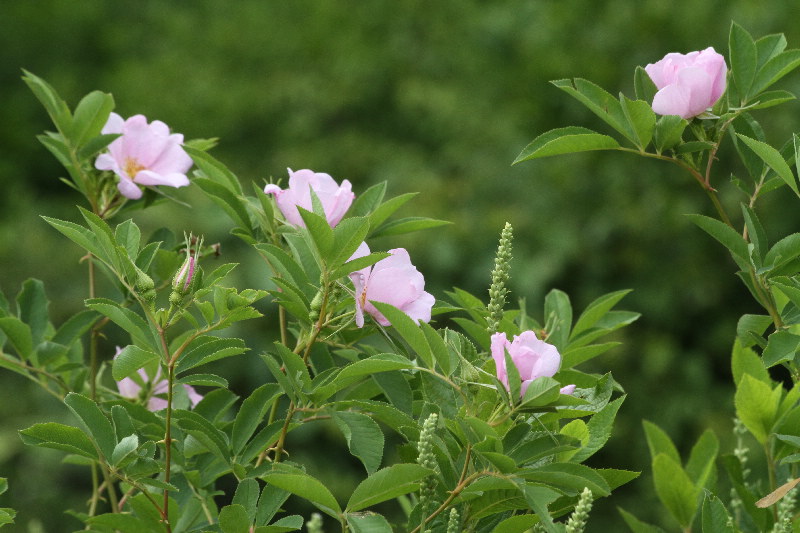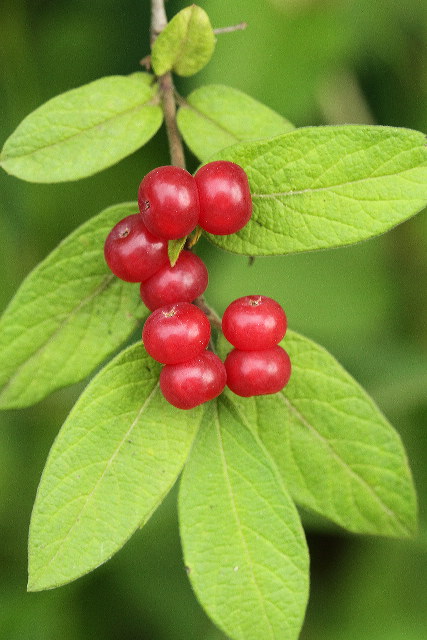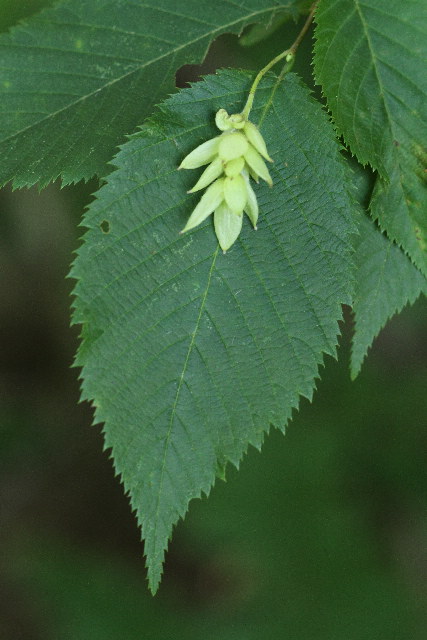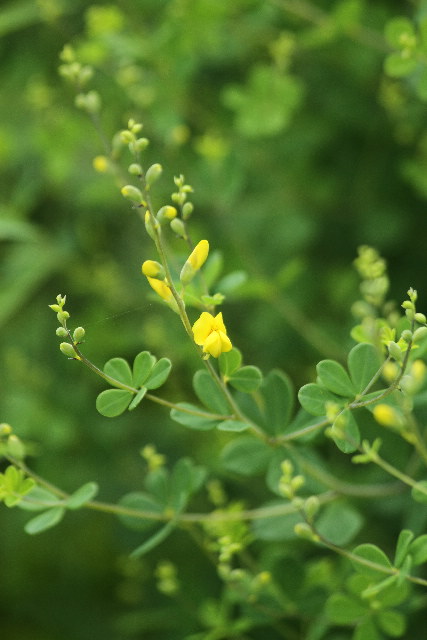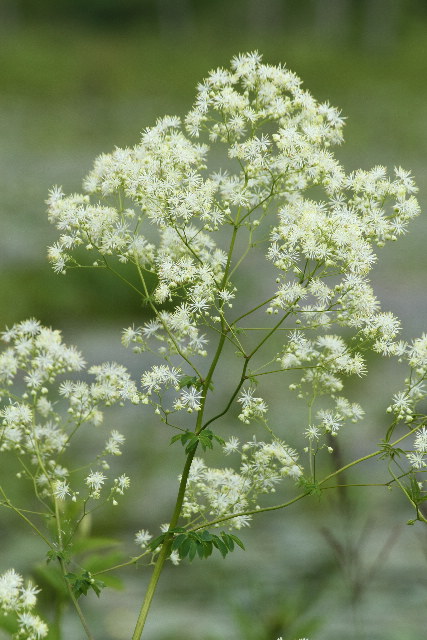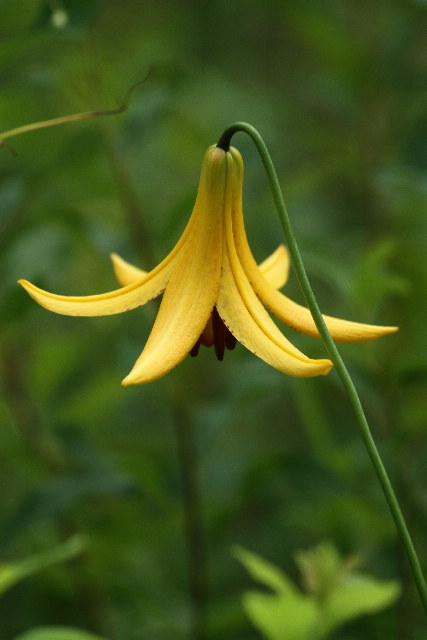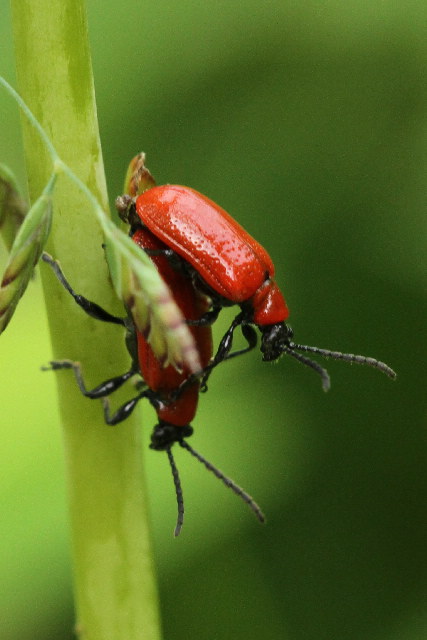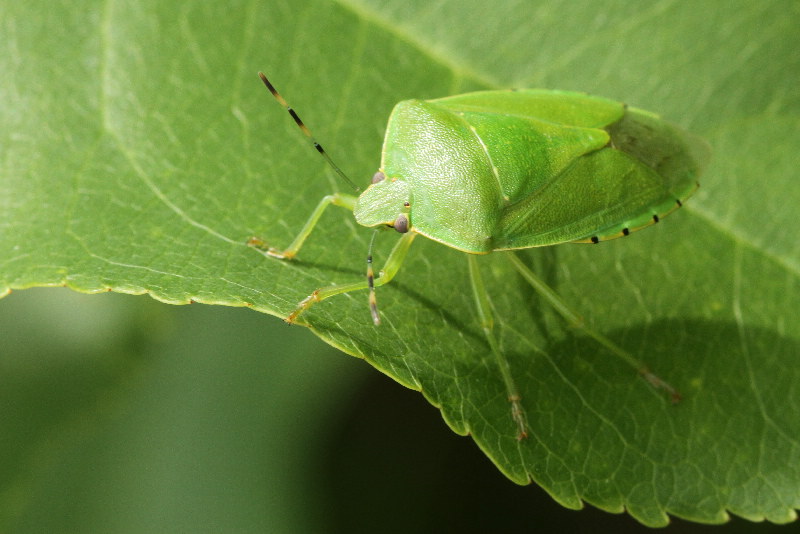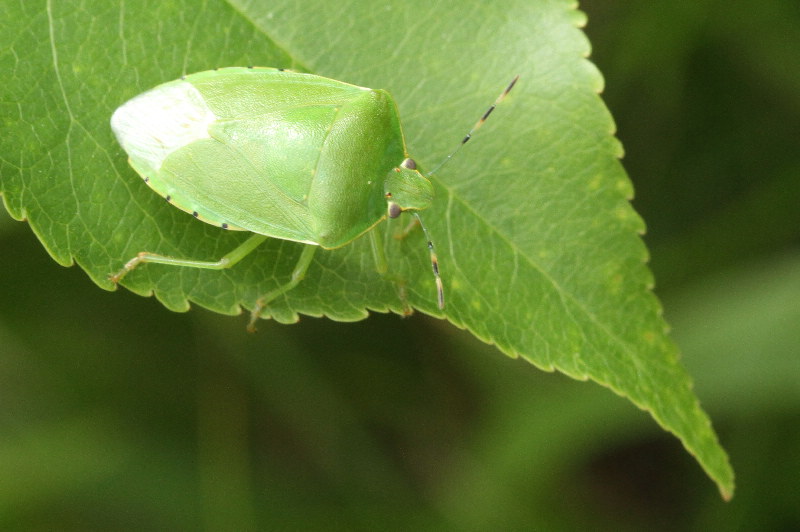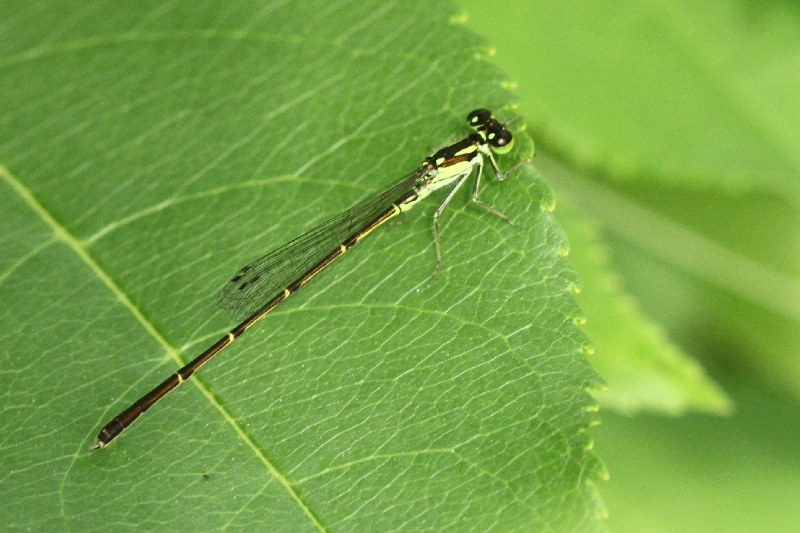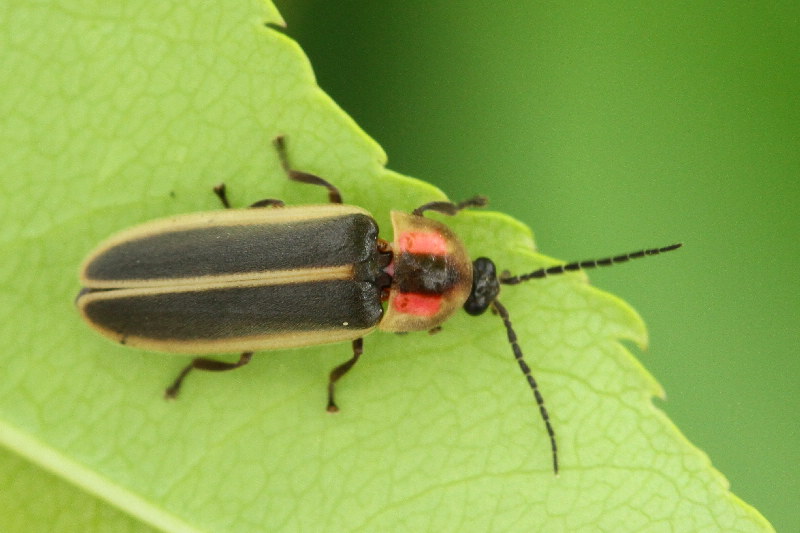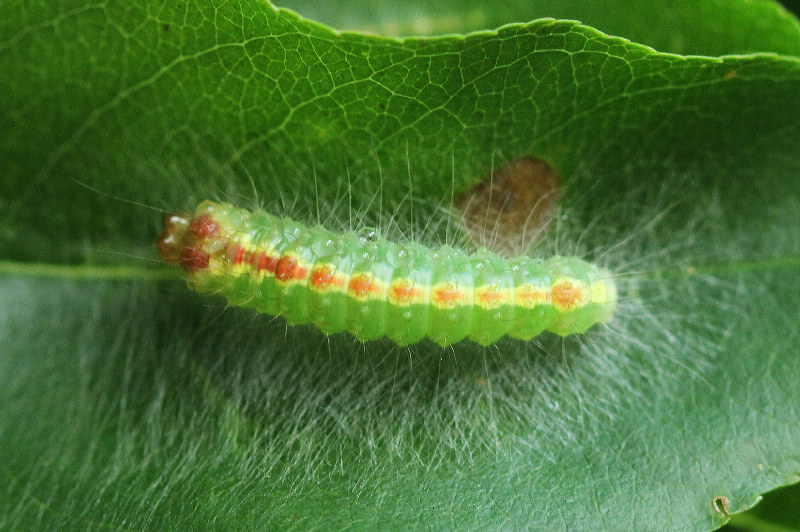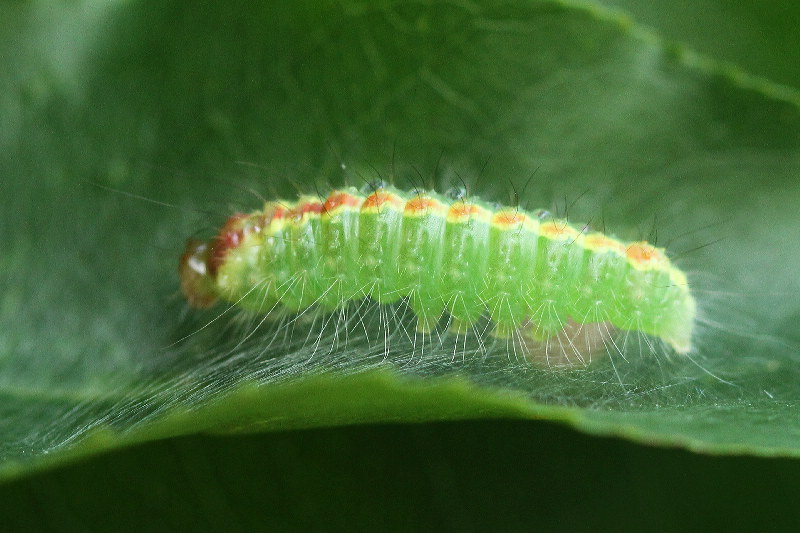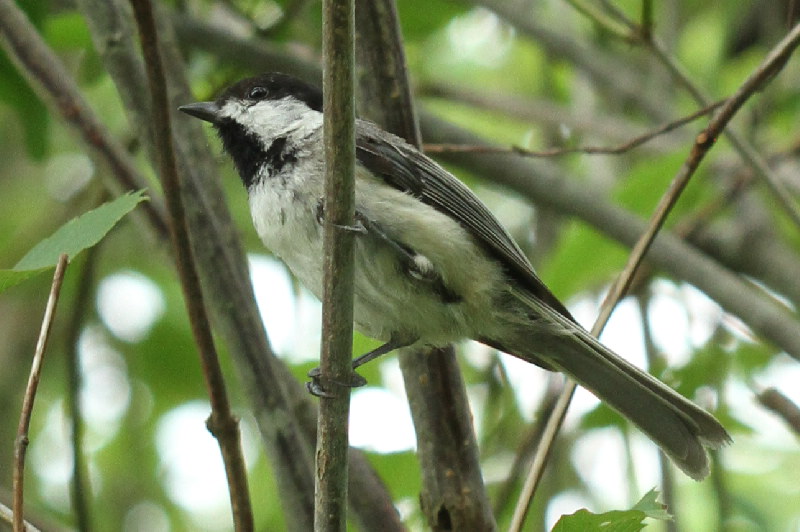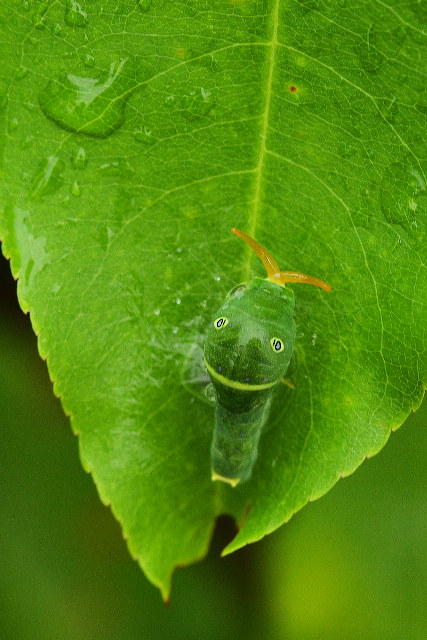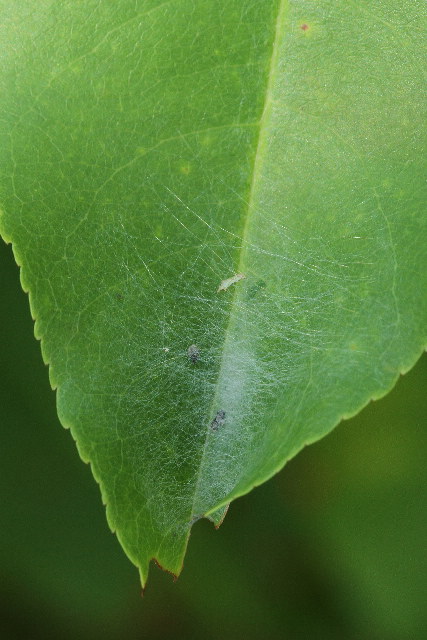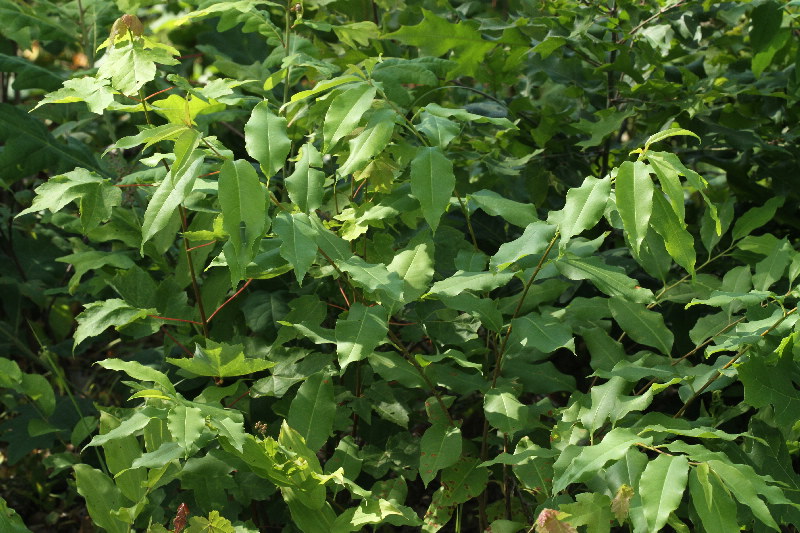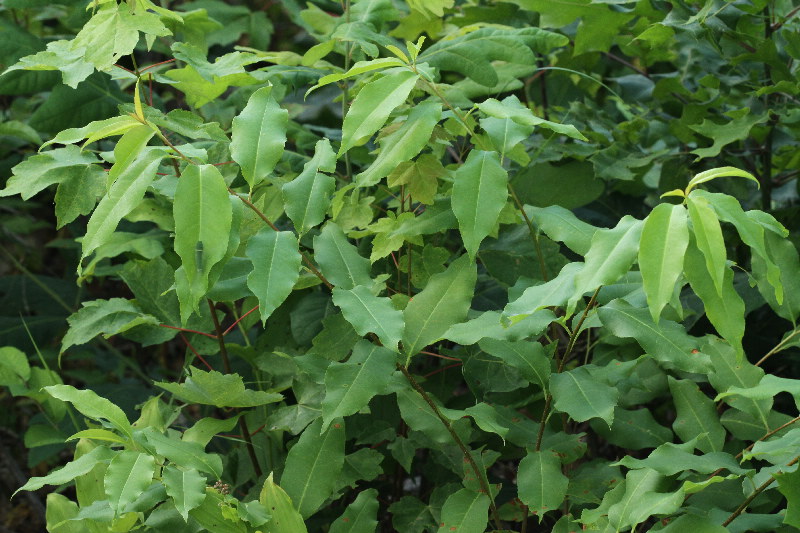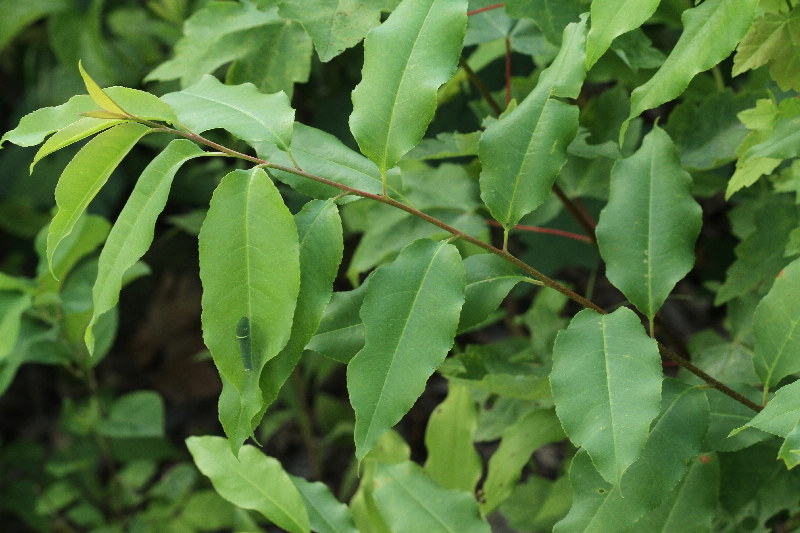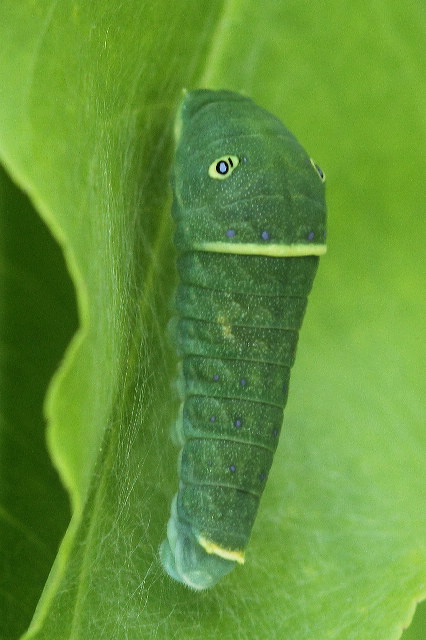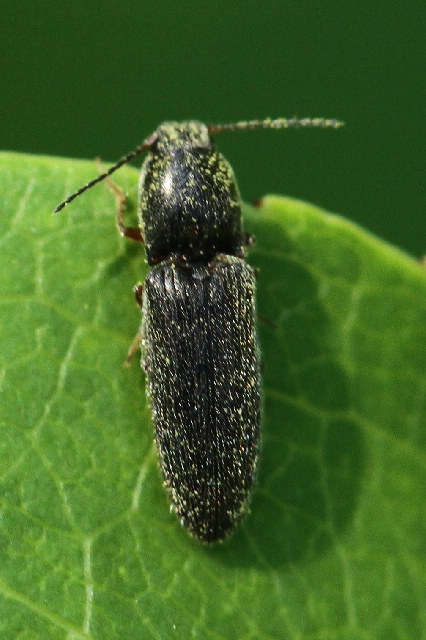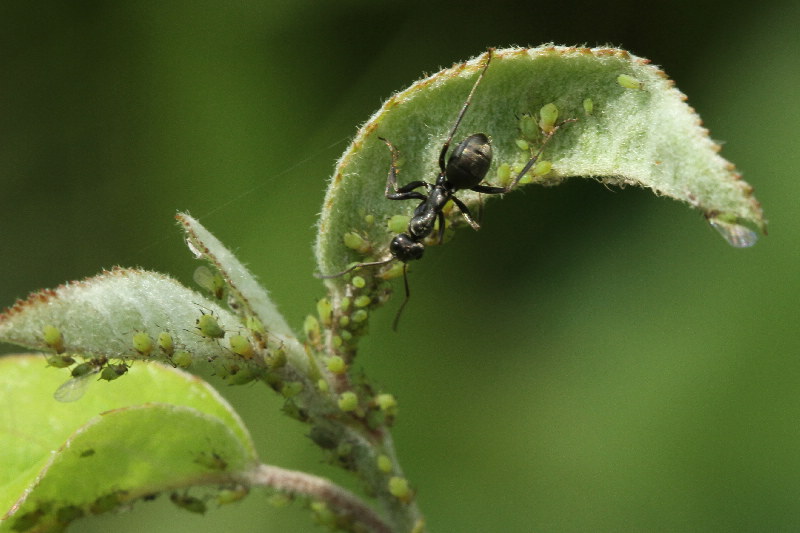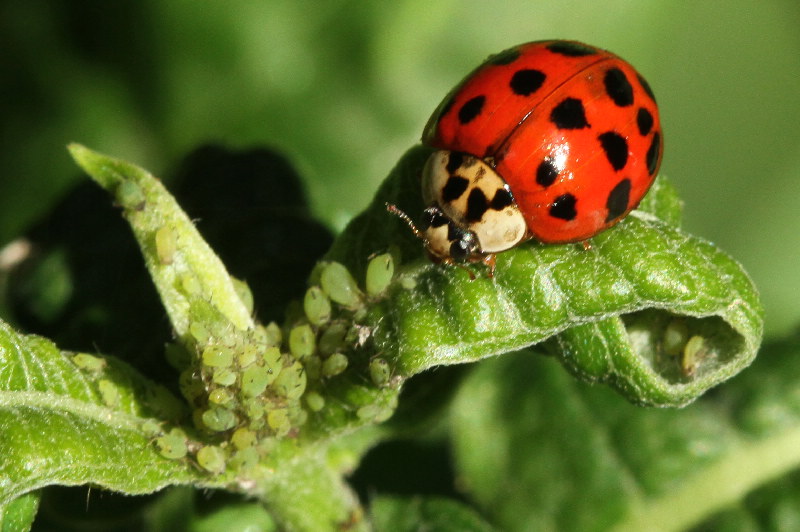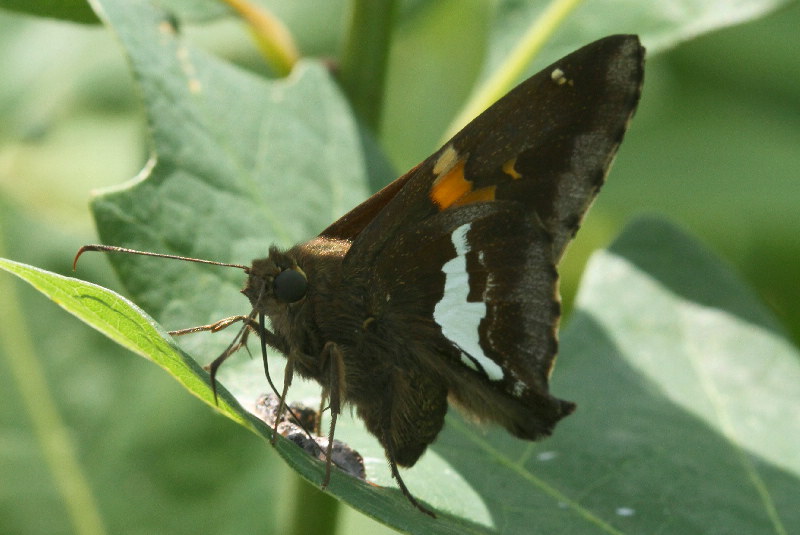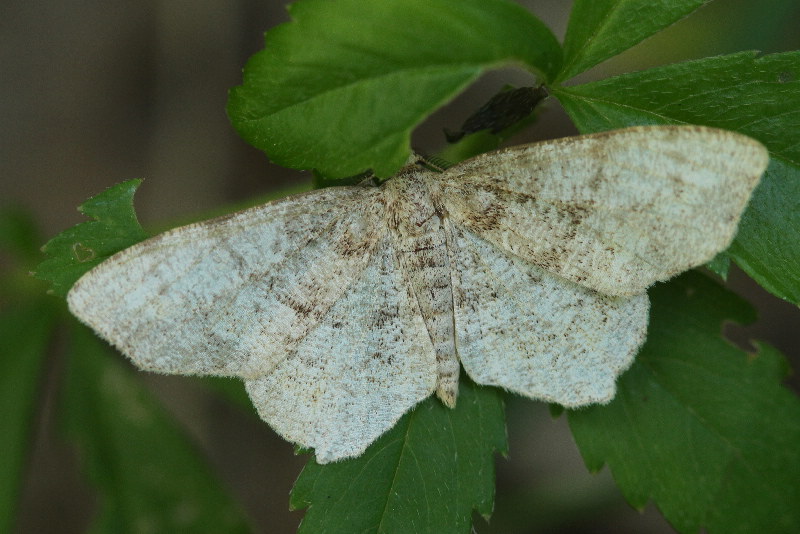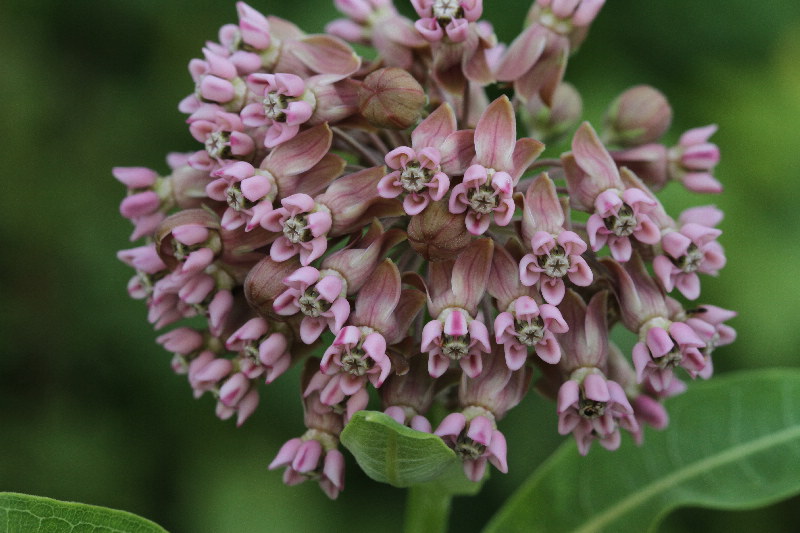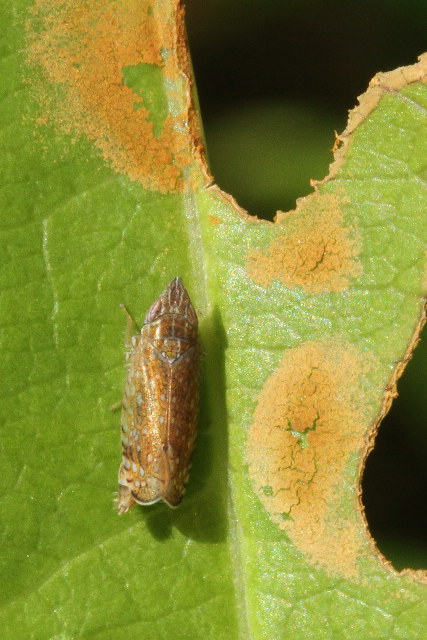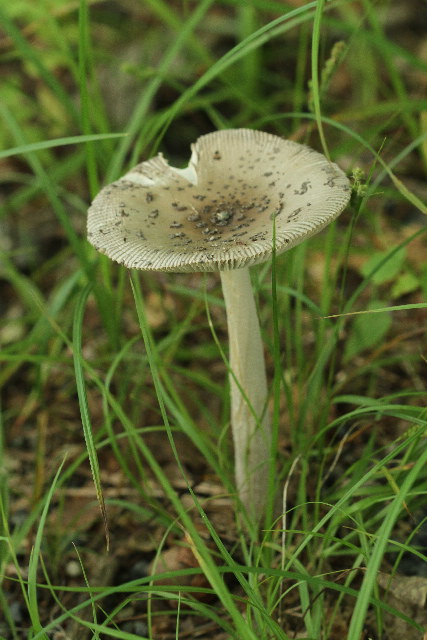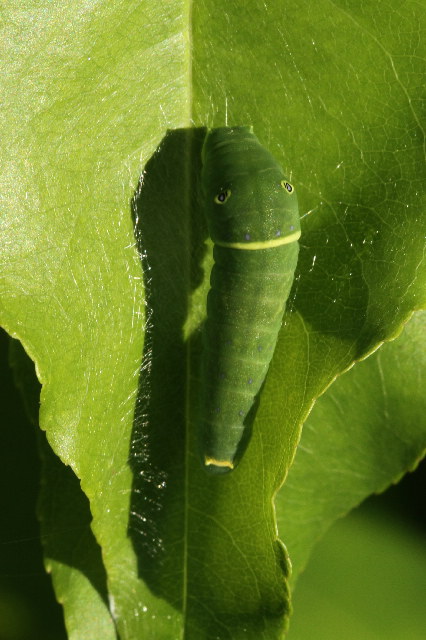Along the Air Line... 2011 - Summer, Part 2 The Air Line Trail in Eastern Connecticut - Stan Malcolm Photos |
mHome Page Stan's FlickR Albums |
June 26th. A hazy morning. |
|
Great Blue Heron (Ardea herodius) on the hunt. |
|
|
Break time. |
Check out that tongue! |
|
An early morning Northern Water Snake (Nerodia sipedon). |
June 27th. A gorgeous afternoon with puffy fair-weather clouds. |
|
Tall Meadow Rue (Thalictrum polygamum) in the foreground. |
Clammy Ground Cherry (Physalis heterophylla) in the same family as Potato, Tomato, etc. |
The plant is nondescript with the flowers mostly hidden beneath the leaves. (This is a first sighting on the trail for me.) |
Red Baneberry (Actaea rubra). |
|
I went looking for more Red Lily Leaf Beetles (Lilioceris lilii) this afternoon. Sadly, I found adults and/or larvae on almost every Canada Lily I examined. Those without beetles had most of their leaves missing as a result of previous beetle activity. (I destroyed all I found but it seems rather hopeless.) More photos here. |
A Summer Azure (Celastrina neglecta), I think, laying eggs on Northern Arrowwood (Viburnum recognitum). |
June 28th. Three Yellow-throated Vireo (Vireo flavifrons) chicks in the nest. |
They look about ready to fledge. |
Back to the marsh in late afternoon. An Halictid Bee (Family Halictidae) on Milkweed. |
|
Most Carolina Roses (Rosa carolina) in the marsh are low as a result of mowing. This one escaped and grew four feet tall. |
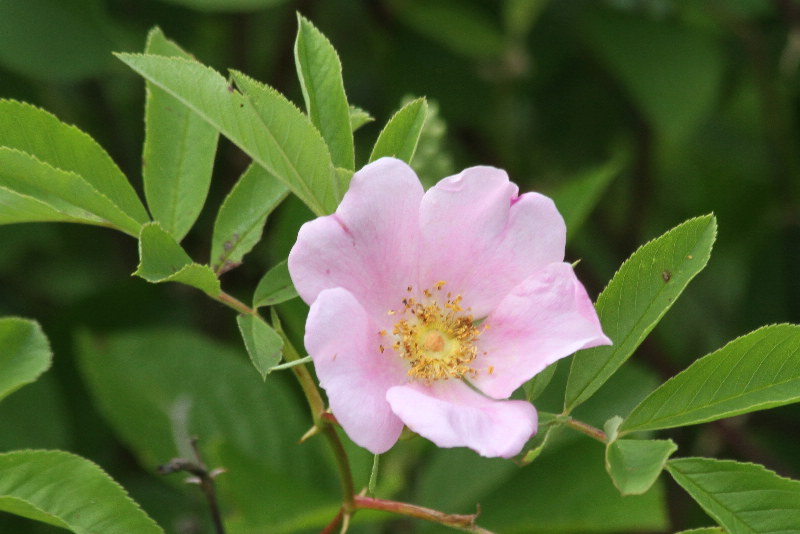
|
Berries of Morrow's Honeysuckle (Lonicera morrowii) are ripening, though birds seem to avoid them until the fall. |
Eastern Hop Hornbeam (Ostrya virginiana). |
Wild Indigo (Baptisia tinctoria) has started to bloom. |
Tall Meadow Rue (Thalictrum polygamum). |
One of only a couple of Canada Lilies (Lilium canadense) to escape the Red Lily Leaf Beetle (Lilioceris lilii). |
A pair of the beetles that escaped me yesterday. Not today though. |
Lots of insects perched on leaves today. A Green Stink Bug (Nezara viridula). They're a common garden pest. |
|
A male Fragile Forktail damselfly (Ishnura posita). |
A Lightning Bug (Photinus sp.). |
The inchworm caterpillar of Bagisara rectifascia. (Thanks to UConn's Dave Wagner for the ID.) |
Acronicta sp. on a silk moulting pad (to keep it in place as it sheds its skin). Again, thanks to Dave Wagner for the ID. |
|
A Black-capped Chickadee (Poecile atricapilla); one of several in a flock I passed. |
Caterpillar of an Eastern Tiger Swallowtail (Papilio glaucus). When not feeding, it rests on a silken "mattress" raised slightly from the leaf surface. From there, it makes forays out to feed elsewhere, then returns to the same spot to rest. |
June 29th. After heavy rain overnight, the caterpillar remained on its mattress, now saturated with water. In this and the next photo, it has everted its "Osmeterium", a glandular structure behind the head that emits a strong odor and may serve as a startle defense against predators. |
Not easily seen in this photo, the caterpillar's sides are a lighter shade of green than the dorsum. This is called "countershading" and may help the caterpillar blend into the background. (Fish are often countershaded - with dark upper surfaces and light lower surfaces. WWII fighter aircraft were similarly countershaded. In all cases, the object blends with the background when seen from above or below.) I speculate that the silken mattress may serve similarly in camouflage, by diminishing shadows cast by the caterpillar against the leaf, making it less visible to birds. |
Back to the marsh in late afternoon and the caterpillar has abandoned its silk mattress. Where did it go? |
Did you find it? |
Now? |
Ah, there it is! |
It traveled to a different branch and is constructing a new silk mattress. (When I've reared Tiger Swallowtail caterpillars in captivity, I've seen them remain on their mattresses for many hours. Occasionally, often in the middle of the night, I'll flip on a light and find them off feeding somwhere. A little later, they're back at rest.) |
Also on Cherry, I found this small (roughly 6mm) Click Beetle (Family Elateridae). |
Another case of ants (this looks like Camponotus sp.) tending an aphid "herd". |
Here a Harlequin Ladybird Beetle (Harmonia axyridis) is also tending aphids. Specifically, it's tending to gobble them up. |
A Silver-spotted Skipper (Epargyreus clarus) taking minerals from dried bird poop. |
A Geometrid moth. (I'm unable to ID it. A little help?) |
Common Milkweed (Asclepias syriaca). |
A Fulgoroid Plant Hopper on Oak. |
An Amanita, I believe. |
June 30th. The Tiger Swallowtail caterpillar remains on its new silk mattress. Given how easily visible the caterpillar is in both sun and shade, I'm about ready to abandon my theory that countershading or the mattress do much, if anything, to camouflage the caterpillar. Dave Wagner reports that the mattress provides purchase to improve function of the osmeterium, which operates based on hydraulic pressure. |
The Acronicta sp. caterpillar has shed its skin on the molting pad pictured several days ago. Could it be A. hasta? |
